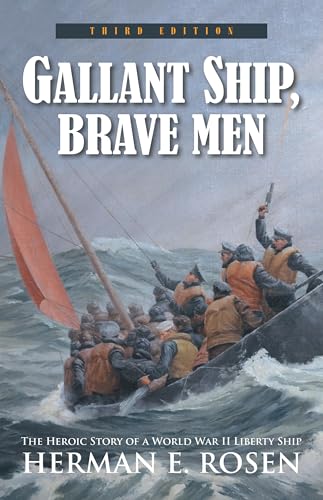
U.S. Navy Auxiliary Vessels
by Ken W. Sayers
"A History and Directory from World War I to Today"
Popularity
4.94 / 5
* A book's popularity is determined by how it compares to all other books on this website.
Where to buy?
Buy from Amazon* If you buy this book through the link above, we may receive a small commission at no extra cost to you.
U.S. Navy Auxiliary Vessels by Ken W. Sayers
Details
Perspective:
Logistics
Military Unit:
US Navy
True Story:
Yes
Biography:
No
Region:
North America
Page Count:
362
Published Date:
2019
ISBN13:
9781476672564
Description
Brief Summary
U.S. Navy Auxiliary Vessels by Ken W. Sayers explores the critical roles played by support ships in the operations of the U.S. Navy over the last century. It highlights the indispensability of these auxiliary vessels in supplying fuel, food, ammunition, and other necessities, enabling the fleet to operate efficiently across the globe. The book delves into the histories, specifications, and functionalities of 130 different auxiliary ship types, from lesser-known classes to the latest in naval innovation, painting a comprehensive picture of these often-unsung heroes.
Main Themes and Topics
Sayers’ book centers around the theme of interdependence within naval operations, emphasizing how auxiliary vessels have been—and continue to be—critical to the success of major military operations. By providing detailed accounts of the various types of support ships, the book underlines the logistical backbone these vessels provide to the U.S. Navy. It also touches on the evolution of military technology and innovations in shipbuilding, reflecting broader changes and modernization within naval warfare strategies.
Writing Style and Tone
The writing style of Ken W. Sayers is informative and methodical, aiming to offer a precise historical account of U.S. naval auxiliary vessels. The tone is scholarly yet accessible, making complex technical details understandable to both naval enthusiasts and general readers. Sayers’ expertise in the subject matter is evident, providing a well-researched foundation that supports the book's informative tone.
Criticism
While the book is immensely detailed, some readers might find the comprehensive treatment of technical specifications and historical data overwhelming. The focus on a wide array of vessel types may sometimes lead to redundancy, particularly for those less familiar with naval jargon or uninterested in extensive technical minutiae. However, this depth of detail could also be a strong point for readers seeking a thorough understanding of the topic.









